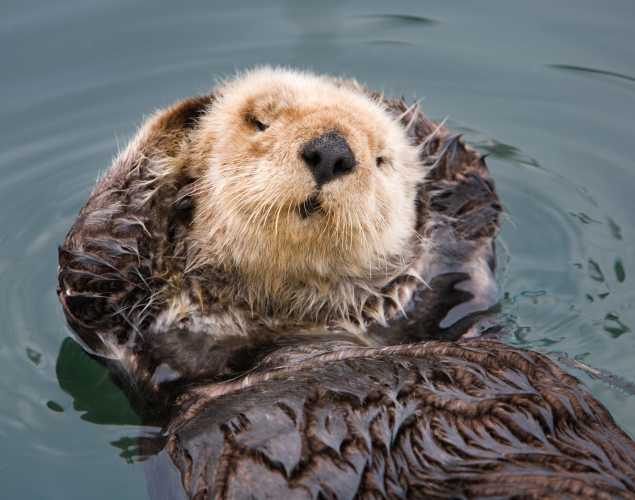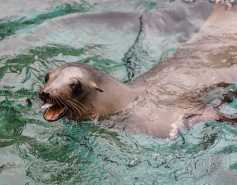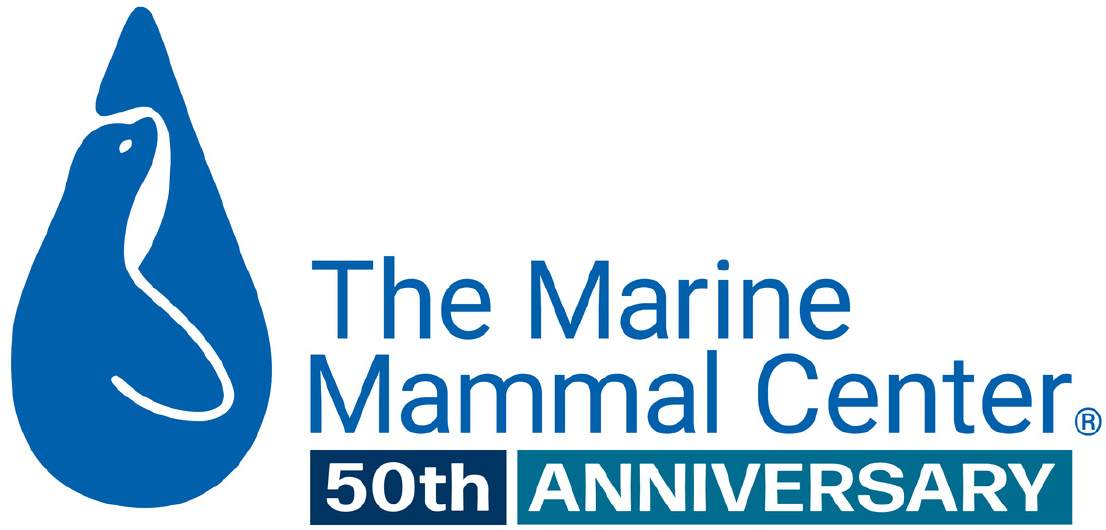
Parasitic Skin Disease in Threatened Southern Sea Otters
- Parasites
- Pathology
Abstract
Background - Southern sea otters (Enhydra lutris nereis) rely on intact pelage for thermoregulation, and thus clinically significant demodicosis and associated alopecia can cause morbidity and death.
Hypothesis/Objectives - This study aimed to describe lesions associated with follicular Demodex sp. infestation, estimate the prevalence and intensity of infestation, describe mite distribution across key anatomical regions, and assess mite presence or absence in relation to lesions and host risk factors.
Animals - Twenty necropsied, wild southern sea otters that stranded along the central California coast from 2005 to 2018.
Methods and materials - Grossly normal and abnormal integument from the head, perineum, genitals, mamillary papillae and limbs was assessed microscopically for mites and mite‐associated pathological findings.
Results - Intrafollicular mites were observed in the integument of 55% of otters and 20% had clinical demodicosis. Demodicosis was considered to be contributory to death or euthanasia in two cases. Although Demodex sp. mites often were observed microscopically in grossly normal skin, the presence of multiple densely‐packed intrafollicular mites generally was associated with pigmentary incontinence, ectatic follicles, lymphoplasmacytic perifolliculitis, and neutrophilic and lymphoplasmacytic, dermal inflammation. Other findings included epidermal hyperplasia, orthokeratotic hyperkeratosis of epidermis and follicular epithelium, concurrent pyoderma and cell necrosis. Perioral integument, especially of the chin, had the highest prevalence of mites and the highest mite density, suggesting facial contact as a means of mite transmission.
Conclusions and clinical importance - Our research confirmed demodectic mange as a contributor to morbidity and mortality in sea otters, with important implications for clinical care, rehabilitation and conservation.
Javeed, N., Foley, J., Oliver-Guimera, A., Affolter, V.K., Keel, M.K., Reed, A., Pesapane, R., Duignan, P.J., Murray, M., Tinker, M.T. and Miller, M.A., 2021. Demodectic mange in threatened southern sea otters (Enhydra lutris nereis). Veterinary Dermatology.
pathology
Pádraig Duignan
Related Publications
{"image":"\/Animals\/Patients\/California sea lions\/csl-by-bill-hunnewell-c-the-marine-mammal-center-1.jpg","alt":"California sea lion eating a fish","title":"New Technique for Diagnosing Lung Parasite Infections in Sea Lions","link_url":"https:\/\/www.marinemammalcenter.org\/publications\/new-technique-for-diagnosing-lung-parasite-infections-in-sea-lions","label":"Research Paper"}

{"image":"\/Animals\/Wild\/Sea otter\/sea-otter-shutterstock.jpg","alt":"sea otter eating shellfish","title":"Parasite-Associated Hepatitis in Southern Sea Otters","link_url":"https:\/\/www.marinemammalcenter.org\/publications\/parasite-associated-hepatitis-in-southern-sea-otters","label":"Research Paper"}

{"image":"\/Animals\/Wild\/Other species\/dolphin-shutterstock.jpg","alt":"Two dolphins","title":"Brain Parasites in South African Dolphins","link_url":"https:\/\/www.marinemammalcenter.org\/publications\/brain-parasites-in-south-african-dolphins","label":"Research Paper"}

{"image":"\/Animals\/Patients\/Elephant seals\/cropped-images\/es-by-bill-hunnewell-c-the-marine-mammal-center-3-2-1214-3454-3512-1600891002.jpg","alt":"northern elephant seal","title":"Diagnostic Tests for Lungworm-Infected Northern Elephant Seals","link_url":"https:\/\/www.marinemammalcenter.org\/publications\/diagnostic-tests-for-lungworm-infected-northern-elephant-seals","label":"Research Paper"}

Related News
{"image":"\/People\/Action\/Veterinary care\/csl-bottlecap-radiograph-exam-anesthesia-sarcosystis-by-giancarlo-rulli-c-the-marine-mammal-center.jpg","alt":"california sea lion under anethesia surrounded by medical staff","title":"Hakai Magazine: How Terrestrial Turds Lead to Marine Maladies","link_url":"https:\/\/www.marinemammalcenter.org\/news\/hakai-magazine-how-terrestrial-turds-lead-to-marine-maladies","label":"In the News","date":"2024-01-02 01:00:00"}

{"image":"\/Misc\/cropped-images\/plastic-ocean-pollution-shutterstock-663-6-3817-2982-1610388542.jpg","alt":"plastic debris floating just under the surface of the water","title":"USA Today: Deadly Pathogens Can Hitch a Ride on Ocean Microplastics, Raising Alarm Bells","link_url":"https:\/\/www.marinemammalcenter.org\/news\/usa-today-deadly-pathogens-can-hitch-a-ride-on-ocean-microplastics-raising-alarm-bells","label":"In the News","date":"2022-04-28 02:00:00"}

USA Today: Deadly Pathogens Can Hitch a Ride on Ocean Microplastics, Raising Alarm Bells
April 28, 2022
Read More
